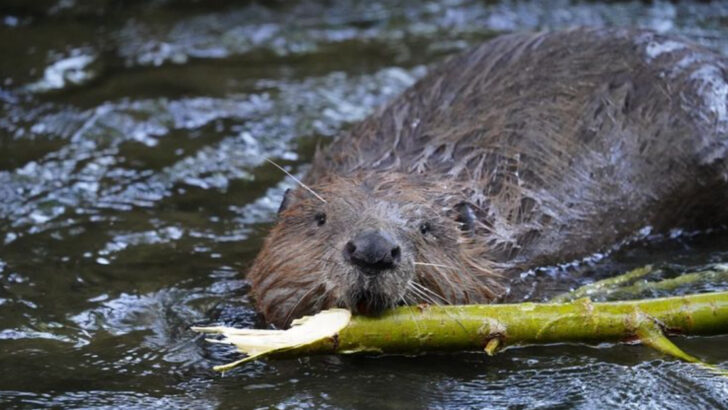If beavers call it home, chances are, you can swim in it.
These little ecosystem engineers don’t just build dams—they build clean, thriving waterways. Where beavers go, nature follows. Crystal-clear streams, thriving fish, and lush greenery? All signs that the water is fresh and safe.
Unlike humans, beavers don’t tolerate pollution. If chemicals or sewage taint a river, they pack up and leave. If the water’s stagnant and lifeless, they won’t bother building. But when a beaver colony settles in, it’s like a glowing neon sign: “Clean water here!”
Thinking about taking a dip in the wild? Before you test the waters, look for a beaver lodge. These furry environmentalists might just be your best swim-safety inspectors. Let’s dive into seven reasons why spotting a beaver is the ultimate green light for your next wild swim.
Natural Water Filters
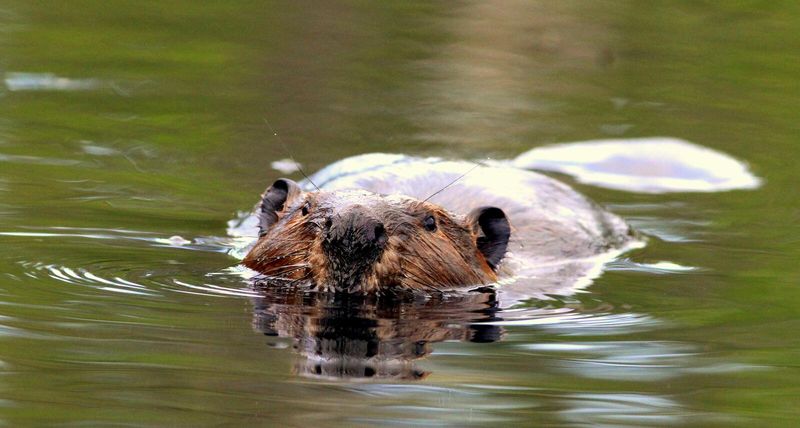
Beavers are known for their remarkable ability to filter water naturally. Their dams slow down water flow, allowing sediment to settle and pollutants to be trapped. This process results in clearer, cleaner water. The slowed water flow also promotes the growth of aquatic plants, which further aid in filtering and oxygenating the water.
As plants thrive, they form a vital part of the ecosystem, supporting diverse wildlife. For swimmers, this means a cleaner, healthier environment. Beavers’ water filtration is a clear ecological benefit, enhancing the overall quality of the water.
Biodiversity Boosters
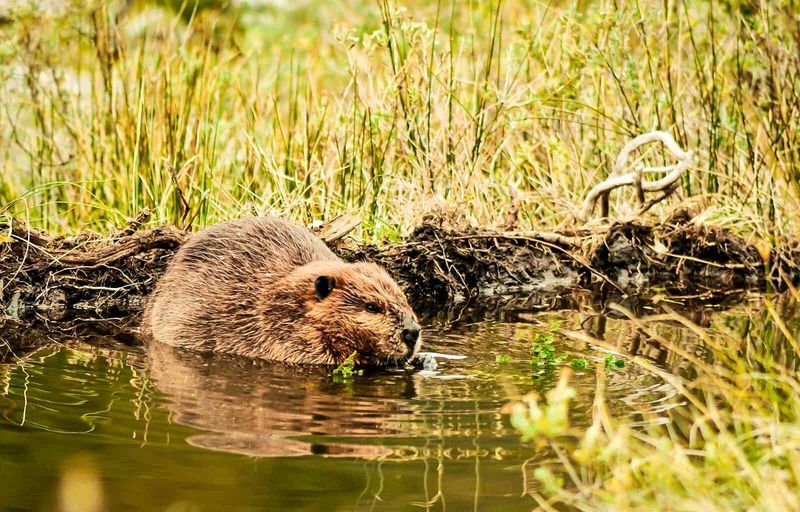
Beavers create habitats that support a wide range of wildlife. Their engineering skills transform landscapes, forming wetlands rich in biodiversity. These wetlands become hubs for various species, including fish, amphibians, and birds.
The presence of multiple species indicates a balanced ecosystem, essential for maintaining water quality. For swimmers, a biodiverse environment often signifies clean and safe water. Observing the interactions among different species can be a captivating experience, showcasing nature’s interconnectedness. Beavers play a pivotal role in fostering these thriving ecosystems.
Stable Ecosystems

Beavers contribute to ecosystem stability by regulating water levels through their dam-building activities. This regulation prevents flooding and erosion, ensuring a stable environment.
A stable ecosystem is less prone to sudden changes that could affect water quality, providing swimmers with consistent conditions. The balance maintained by beavers supports the persistence of healthy aquatic life. When swimming in areas influenced by beavers, one can appreciate the harmonious balance of nature, where every element plays its part in sustaining life. Such stability is key to safe and enjoyable swimming experiences.
Water Oxygenation
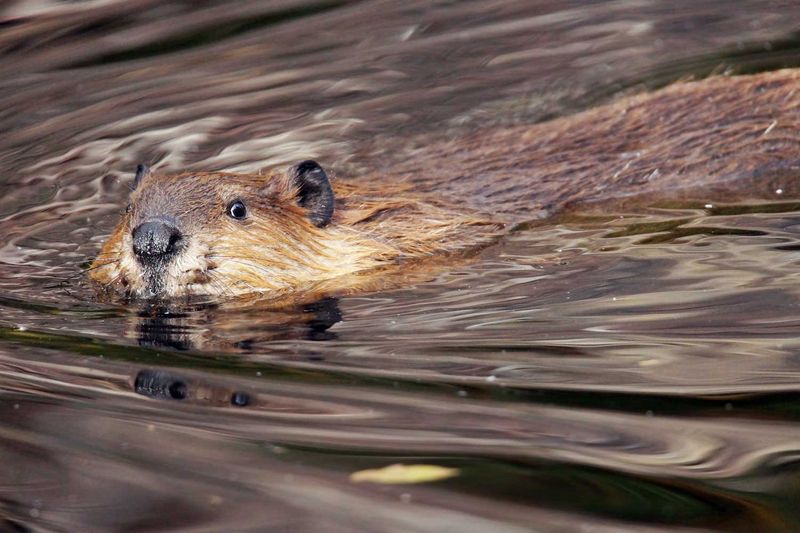
The presence of beavers in an area can lead to increased oxygenation of the water. Their dams create gentle bubbling areas where water spills over, mixing air into the water. This increased oxygen level supports fish and other aquatic life, contributing to a healthier ecosystem.
For swimmers, higher oxygen levels mean fresher water. The vitality of the aquatic environment is often a testament to its cleanliness. Experiencing such invigorating waters enhances the swimming experience, providing a connection to nature’s vitality. Beavers’ influence on oxygenation is a natural boost for any body of water.
Erosion Control
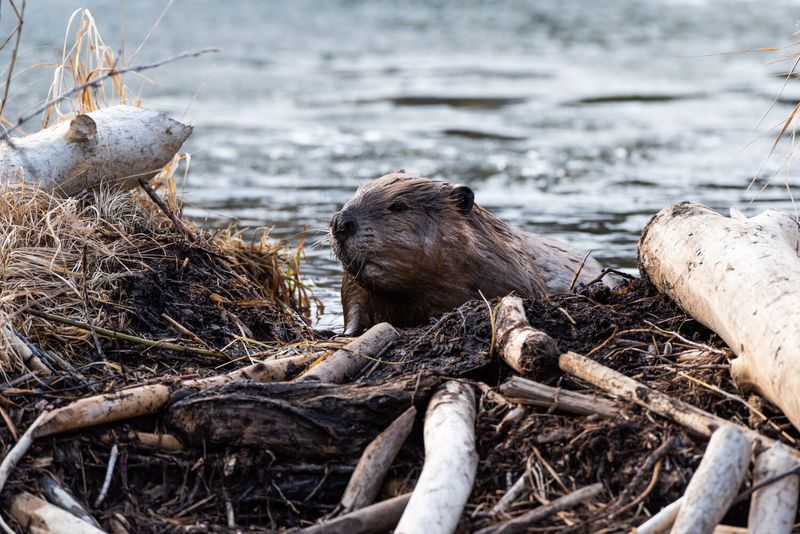
Beaver dams play a crucial role in controlling erosion along riverbanks and streams. By slowing down water flow, they reduce the force of the water against the banks, allowing vegetation to establish and stabilize the soil.
This control of erosion not only protects the landscape but also maintains water clarity by preventing excessive sedimentation. For swimmers, clearer waters are always a plus, offering better visibility and a more pleasant swimming experience. Beavers’ natural erosion control measures contribute significantly to the preservation and enjoyment of aquatic environments.
Pollution Indicators
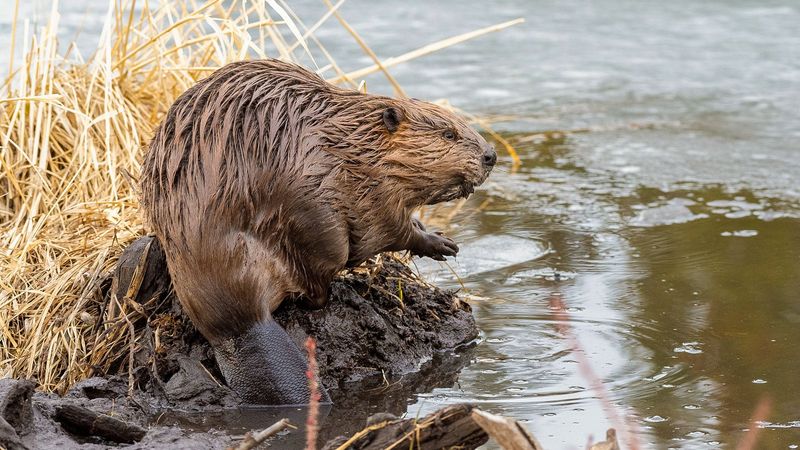
The health and presence of beavers can be indicators of low pollution levels in water bodies. Beavers thrive in clean environments where they find ample food and building materials.
Their presence often means that the water is free of harmful pollutants that could affect both wildlife and human health. For swimmers, beavers act as nature’s litmus test, assuring that the water is safe for recreational activities. Observing a healthy beaver colony is a good sign that the ecosystem is balanced and the water quality is high. This makes for a worry-free swimming experience.
Natural Beauty Enhancers
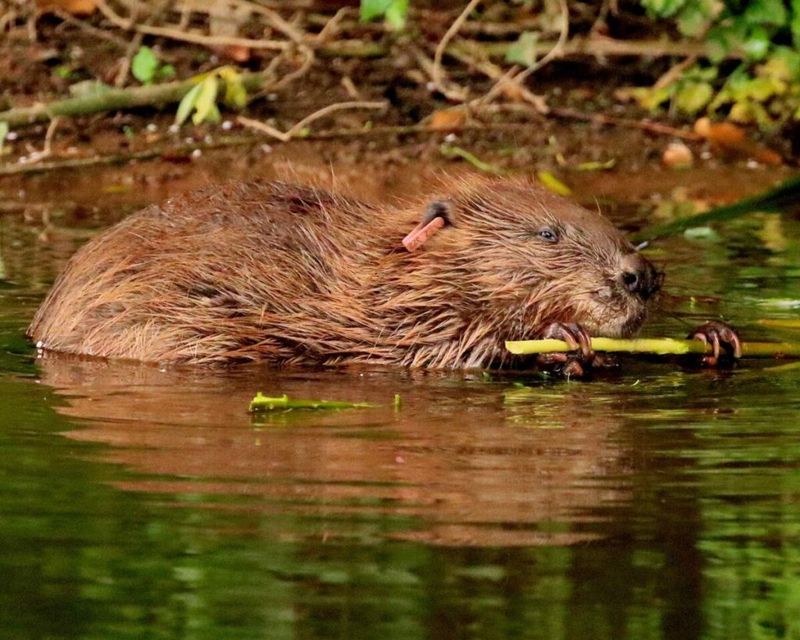
Beavers enhance the natural beauty of landscapes through their dam-building and habitat creation. Their ponds often become serene, picturesque settings, attracting not just wildlife but also human admirers.
Swimming in such beautiful surroundings adds to the enjoyment and relaxation of the activity. The tranquility of a beaver-influenced environment provides a refreshing escape from the hustle and bustle of daily life. Additionally, the sight of beavers at work is both fascinating and educational, offering insight into their role in nature. Such enchanting landscapes are perfect for a leisurely swim.

